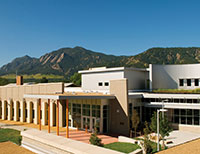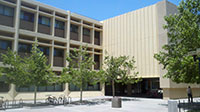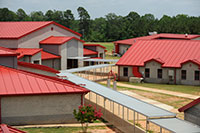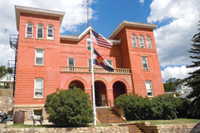view all Case Studies
School Goes Green with Geothermal, Heat Recovery Solutions

In service since 1924, Casey Middle School in Boulder, Colo., was outdated, inefficient, and in need of expansion and improvements.
March 12, 2012 -
HVAC
In service since 1924, Casey Middle School in Boulder, Colo., was outdated, inefficient, and in need of expansion and improvements.
Boulder prides itself on being green, so sustainability was an important consideration when the Boulder Valley School District decided to build a new school, which opened in August, 2010. The 107,000-square-foot facility incorporates advanced insulation systems, daylighting, lighting level controls, geoexchange heat pump technology, and exhaust air heat recovery ventilation systems. An automated building control system monitors and controls the mechanical, electrical and lighting energy systems.
Eaton Energy Solutions provided the design for the mechanical and plumbing systems. The geoexchange system is the primary heating and cooling source for the school. It uses a system of underground pipe loops routed in 70 vertical boreholes, each 370-feet deep. Geoexchange water-to-air heat pumps serve each classroom. A variable primary and secondary pumping configuration is used to circulate condenser water between the heat pumps and the geoexchange field.
A dedicated outdoor air delivery system utilizes heat recovery and delivers fresh outdoor air to the individual heat pumps. A gas-fired condensing boiler domestic water heating system that uses a recirculation loop controlled by an occupancy schedule for the core of the building is supplemented with additional point-of-use water heaters for the extremities of the building to reduce hot water circulation, piping, installation costs and energy losses.
Expansive soil conditions at the site required a structurally supported floor with an excavated crawl space below. Eaton took advantage of this by utilizing an over- excavated crawl space as a mechanical space. This freed up more usable square footage in the building and allowed for better access to the mechanical systems for maintenance and repairs.
Next
Read next on FacilitiesNet












